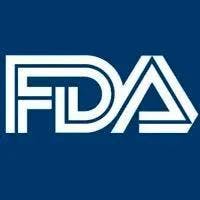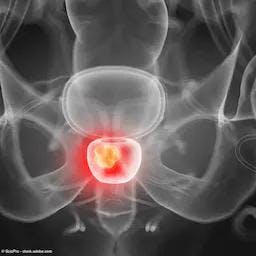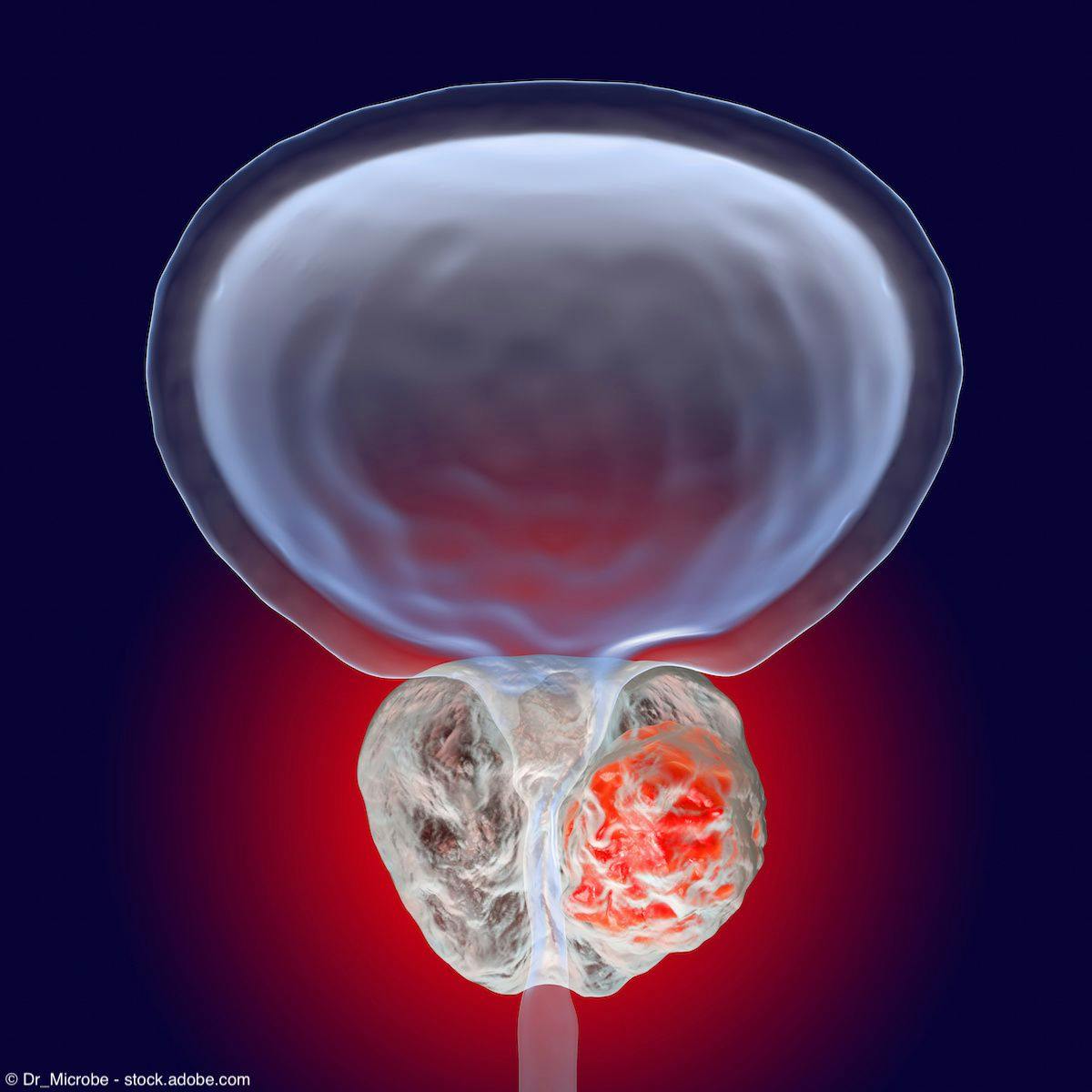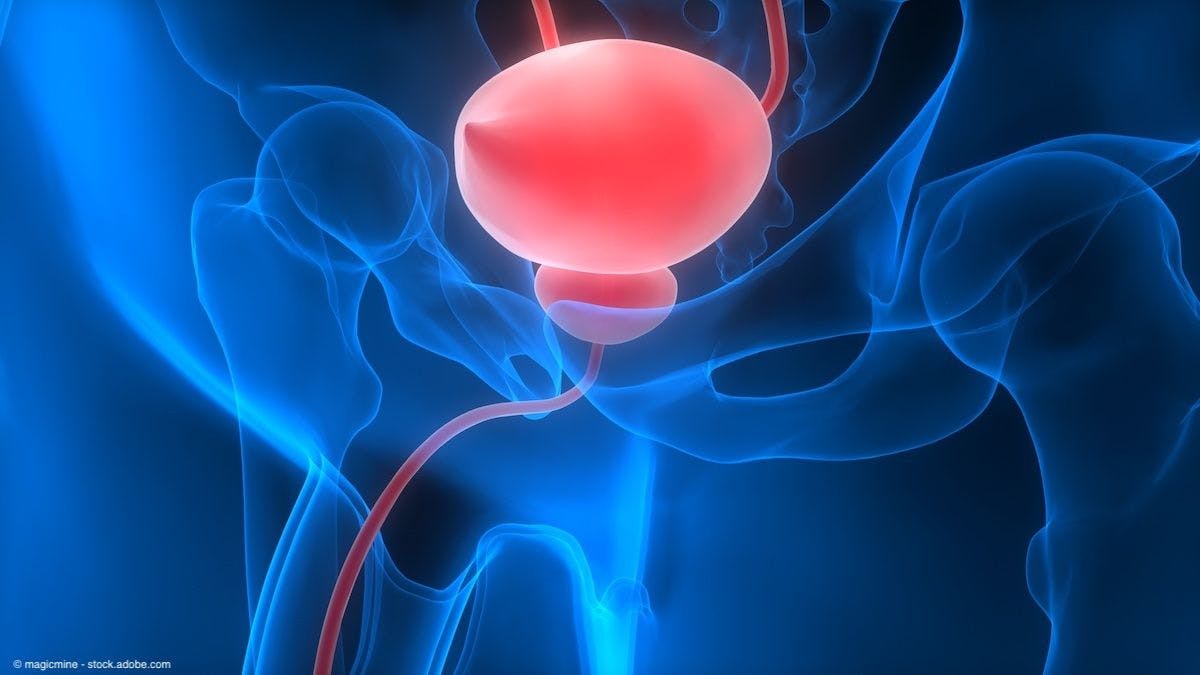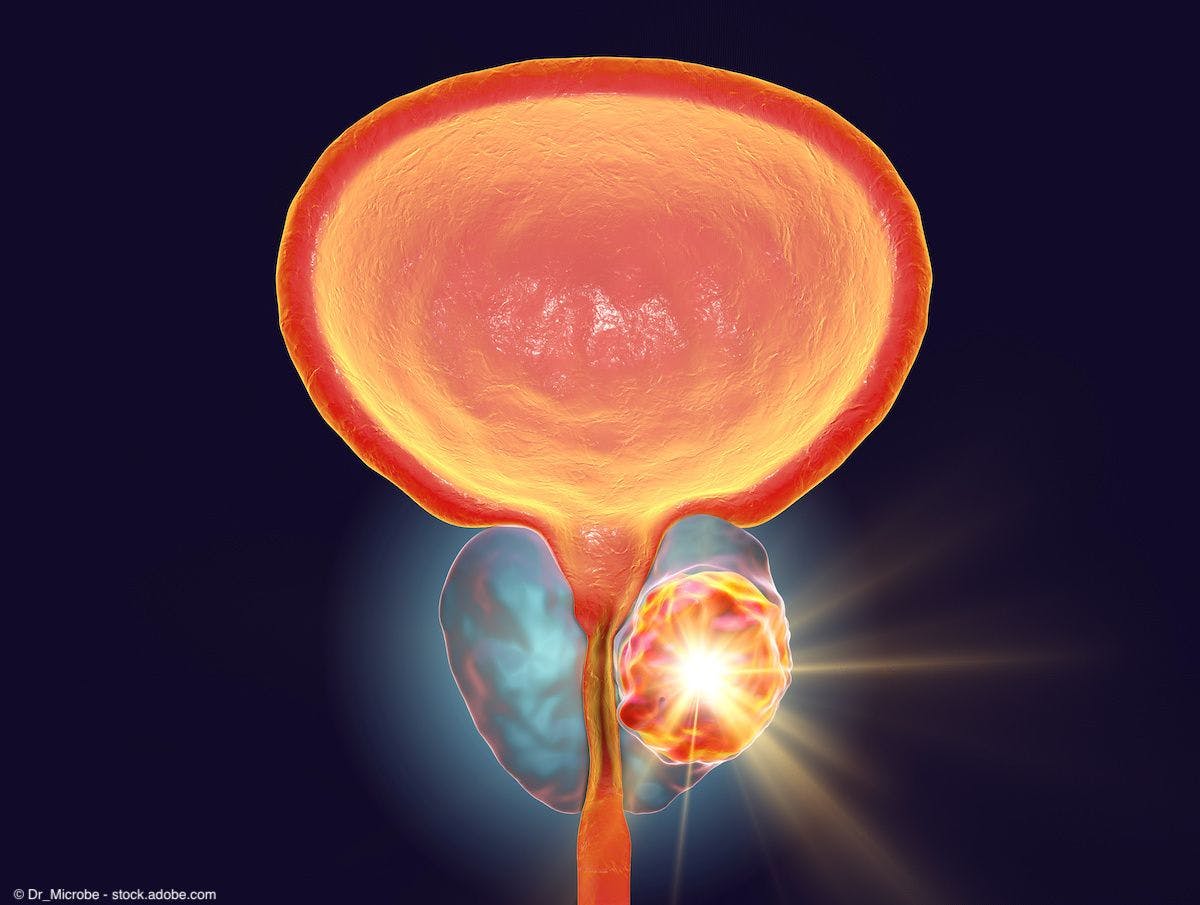News
Article
Urology Times Journal
Data support shock wave lithotripsy for pediatric patients with kidney stones
Author(s):
Regarding patient-reported outcomes, those who underwent URS showed higher urinary symptoms, greater pain intensity, and greater pain interference at 1 week following surgery compared with those who underwent SWL.
Data presented at the 2024 American Urological Association (AUA) Annual Meeting in San Antonio, Texas showed that shock wave lithotripsy (SWL) resulted in similar stone clearance and better lived experiences compared with ureteroscopy (URS) among pediatric patients with small- to medium-sized kidney or ureteral stones.1
Gregory E. Tasian, MD, MSc, MSCE

The findings were presented by Gregory Tasian, MD, MSc, MSCE, who is an associate professor of urology and epidemiology at the Children’s Hospital of Philadelphia.
“The AUA clinical guidelines recommend ureteroscopy or shock wave lithotripsy for pediatric patients with kidney stone burdens under 20 mm and for ureteral stones. These guidelines, however, are based on level C evidence for stone clearance and do not consider outcomes that are prioritized by patients. Despite the equal weight of these recommendations, over 80% of pediatric patients undergo ureteroscopy for these kidney stones,” explained Tasian during the presentation.
To that end, the investigators developed the Pediatric KIDney Stone (PKIDS) Care Improvement Network to conduct a prospective observational trial comparing SWL and URS for kidney and ureteral stones.
Overall, the study found a similar stone clearance between SWL and URS. Specifically, the stone clearance was 74% for patients who underwent URS and 69% for patients who underwent SWL, a difference which did not reach statistical significance.
For heterogeneity of treatment effect analyses, the investigators excluded stones greater then 15 mm given that only 3 patients in the SWL group had stones of that size.
Tasian noted, “[This] reflects that shock wave is [not] a clinically relevant intervention for stones over 15 mm in pediatric patients.”
The analysis showed no difference in stone clearance among stones less than 15 mm when using categorical thresholds for size. A secondary analysis using stone size as a continuous variable showed a trend of decreasing clearance with SWL as stone size increased above 10 mm. Clearance for URS remained stable in the secondary analysis.
There was no difference observed in stone clearance based on stone location.
Regarding patient-reported outcomes, those who underwent URS showed higher urinary symptoms (β, 5.86; 95% CI, 3.32-8.39), higher pain intensity (β, 4.76; 95% CI, 1.6-7.91), and higher pain interference (β, 8.09; 95% CI, 4.73-11.45) at 1 week following surgery compared with those who underwent SWL. No differences in PROs were observed between the 2 groups from week 3 to the final survey at 3 months.
Further, patients who underwent SWL recovered faster than those who underwent URS with respect to urinary symptoms and pain interference. Patients who underwent SWL also went back to school faster than those who underwent URS. No differences were observed regarding ED visits, admissions, or unanticipated surgeries between the 2 groups.
Based on these findings, the study investigators recommended 3 revisions to the AUA guidelines:
- “A new size threshold of 15 mm for kidney stones [compared with the current threshold of 20 mm],
- Recommend SWL over URS for stones less than 10 mm,
- Consider possible greater stone clearance and worse patient experience with URS for kidney stones 10-15 mm.”
In total, the PKIDS trial included 1070 patients who underwent URS and 197 patients who underwent SWL. Patients included in the trial were aged 8 to 21 and were treated across 30 medical centers in North America. The age, sex, and race distribution were similar among both groups.
The primary outcome measure for the study was stone clearance, defined as the absence of any stone greater than 4 mm in size upon standardized ultrasound at 4 to 8 weeks after surgery.
Tasian added during the presentation, “Secondary outcomes were patient reported outcomes of physical, social, and emotional health that were all selected by patients and caregivers as outcomes that are relevant to patients having kidney stone surgery.”
These secondary outcomes included PROMIS measures of pain intensity, pain interference, anxiety, psychological stress experiences, sleep disturbance, and peer relationships, in addition to urinary symptoms.
Reference
1. Tong C, Sturm R, Rove K, et al. Comparative effectiveness of ureteroscopy and shockwave lithotripsy for children with nephrolithiasis: Results of a multicenter prospective clinical trial. Presented at: 2024 American Urological Association Annual Meeting. San Antonio, Texas. Abstract P2-09. https://www.auajournals.org/doi/abs/10.1097/01.JU.0001015816.87470.c9.09

Newsletter
Stay current with the latest urology news and practice-changing insights — sign up now for the essential updates every urologist needs.










